Home>Furniture & Design>Bathroom Accessories>What Is The Standard Toilet Seat Height
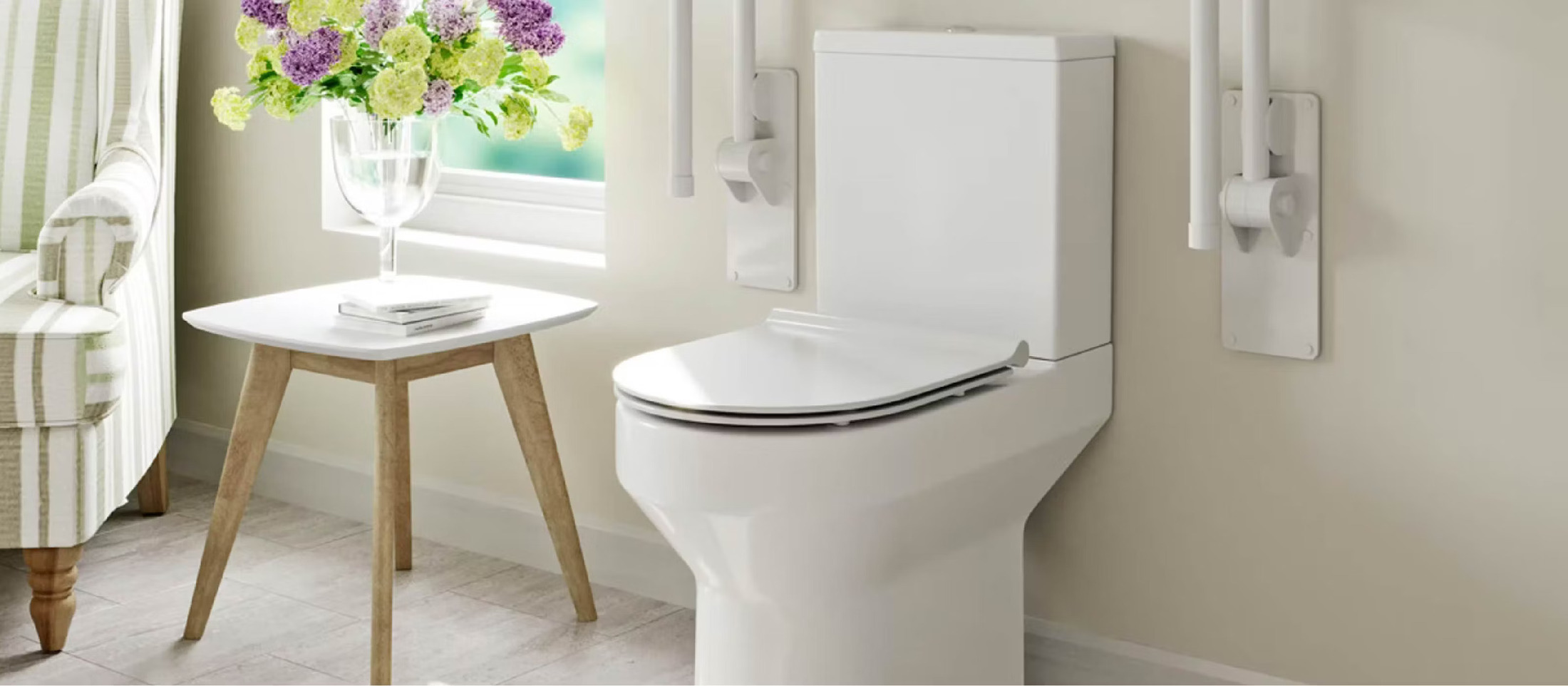

Bathroom Accessories
What Is The Standard Toilet Seat Height
Modified: August 25, 2024
Discover the ideal standard toilet seat height for your bathroom with our range of bathroom accessories. Find the perfect fit for your needs.
(Many of the links in this article redirect to a specific reviewed product. Your purchase of these products through affiliate links helps to generate commission for Storables.com, at no extra cost. Learn more)
Introduction
The standard toilet seat height is a crucial aspect of bathroom design that significantly impacts comfort and accessibility. Whether you are remodeling a bathroom or selecting a new toilet, understanding the importance of standard toilet seat height is essential. This article will delve into the significance of standard toilet seat height, how it is determined, factors to consider when choosing toilet seat height, and methods for adjusting the height to suit individual needs.
Understanding the standard toilet seat height is vital for ensuring that the toilet is comfortable and accessible for all users. Whether it's for personal use, accommodating guests, or adhering to accessibility guidelines, having the right toilet seat height can make a significant difference in overall comfort and usability.
In the following sections, we will explore the various factors that contribute to determining the standard toilet seat height, including the considerations that should be taken into account when choosing the right height for a toilet seat. Additionally, we will discuss methods for adjusting the toilet seat height to accommodate specific needs and preferences.
By gaining a comprehensive understanding of the standard toilet seat height and its implications, individuals can make informed decisions when selecting or modifying a toilet. This knowledge empowers homeowners, designers, and builders to create bathrooms that are not only aesthetically pleasing but also functional and comfortable for all users.
Key Takeaways:
- The standard toilet seat height is crucial for comfort and accessibility in bathrooms. It’s determined based on user comfort, industry guidelines, and accessibility requirements, ensuring a comfortable and safe experience for all users.
- Factors like user demographics, accessibility needs, and personal preferences should be considered when choosing toilet seat height. Adjusting the height with accessories like raised seats or spacers offers flexibility for a personalized experience.
Read more: What Is The Standard Toilet Bowl Height
The Importance of Standard Toilet Seat Height
The standard toilet seat height plays a pivotal role in ensuring comfort, safety, and accessibility in bathrooms. It directly impacts the overall usability of the toilet, making it a crucial consideration for individuals of all ages and abilities. Understanding the significance of standard toilet seat height is essential for creating a functional and inclusive bathroom space.
One of the primary reasons why standard toilet seat height is important is its influence on comfort. A toilet seat that is too low or too high can lead to discomfort and inconvenience for users. A standard height toilet seat is designed to provide optimal comfort for the majority of individuals, allowing for a natural and relaxed sitting position. This is particularly important for elderly individuals, individuals with mobility issues, and those recovering from injuries, as it minimizes strain and discomfort during toilet use.
Moreover, standard toilet seat height is closely linked to accessibility. In public facilities and residential settings, adhering to standard height guidelines ensures that the toilet is accessible to a wide range of users, including individuals with disabilities. By maintaining a standard height, it becomes easier for individuals to transition from standing to sitting and vice versa, promoting independence and confidence in using the toilet.
Another crucial aspect of standard toilet seat height is safety. A properly positioned toilet seat reduces the risk of accidents and falls, especially for older adults and individuals with balance or mobility challenges. It provides stability and support, minimizing the likelihood of strain or injury while using the toilet.
Furthermore, the standard toilet seat height is integral to maintaining consistency in bathroom design and functionality. When renovating or constructing bathrooms, adhering to standard height specifications ensures uniformity and compatibility with other fixtures and accessories. This cohesive approach contributes to a harmonious and well-coordinated bathroom environment.
In summary, the importance of standard toilet seat height cannot be overstated. It directly impacts comfort, accessibility, safety, and overall usability, making it an essential consideration in bathroom design and renovation. By recognizing the significance of standard toilet seat height, individuals can create inclusive and user-friendly bathroom spaces that cater to the diverse needs of occupants.
Determining the Standard Toilet Seat Height
The standard toilet seat height is determined based on ergonomic principles and industry guidelines to ensure optimal comfort and usability for a wide range of individuals. The standard height is carefully established to accommodate the average user while considering factors such as posture, ease of use, and accessibility. Understanding how the standard toilet seat height is determined provides valuable insights into the rationale behind this essential dimension of bathroom fixtures.
The typical standard toilet seat height ranges between 15 to 17 inches (38 to 43 centimeters) from the floor to the top of the seat. This measurement is based on extensive research and analysis of anthropometric data, which encompasses the physical dimensions and proportions of the human body. By considering the average height and leg length of individuals, designers and manufacturers arrive at a standard height that promotes a natural and comfortable sitting position for most users.
Industry standards and building codes also play a significant role in determining the standard toilet seat height. Regulatory bodies and organizations, such as the American with Disabilities Act (ADA) in the United States, provide specific guidelines for accessible design, including toilet seat height requirements. These standards aim to ensure that bathrooms are inclusive and accessible to individuals with diverse abilities, emphasizing the importance of maintaining a consistent and appropriate toilet seat height in public and commercial facilities.
Moreover, the standard toilet seat height is influenced by user feedback and ergonomic studies that evaluate the most comfortable and practical height for toilet use. By gathering data on user preferences and conducting usability assessments, designers and manufacturers refine the standard height to align with the needs and expectations of the majority of users.
In summary, the standard toilet seat height is determined through a comprehensive analysis of anthropometric data, industry standards, accessibility guidelines, and user feedback. This multifaceted approach ensures that the standard height reflects the ergonomic and accessibility requirements necessary to create a comfortable and inclusive bathroom environment for diverse users. Understanding the factors that contribute to determining the standard toilet seat height is essential for making informed decisions when selecting or designing toilets for residential, commercial, or public spaces.
The standard toilet seat height is typically around 17 inches. When purchasing a new toilet seat, make sure to measure the height from the floor to the top of the seat to ensure it meets your needs.
Factors to Consider When Choosing Toilet Seat Height
When selecting the appropriate toilet seat height, several factors should be carefully considered to ensure that the chosen height aligns with the specific needs and preferences of the users. These factors play a crucial role in determining the comfort, accessibility, and overall usability of the toilet, making them essential considerations in the decision-making process.
-
User Demographics: Understanding the demographics of the individuals who will be using the toilet is fundamental. Consideration should be given to the age, height, and mobility of the primary users. For instance, households with elderly members or individuals with mobility limitations may benefit from a higher toilet seat to facilitate easier sitting and standing.
-
Accessibility Requirements: In settings where accessibility is a priority, such as public facilities or homes accommodating individuals with disabilities, adhering to accessibility guidelines is paramount. The American with Disabilities Act (ADA) sets specific requirements for toilet seat height to ensure that individuals with mobility challenges can comfortably and safely use the toilet.
-
Comfort and Ergonomics: The comfort of the users should be a primary concern when choosing the toilet seat height. A height that promotes a natural sitting position and minimizes strain on the knees and back contributes to overall comfort. Ergonomic considerations play a significant role in determining the optimal height for a comfortable and user-friendly toilet experience.
-
Existing Bathroom Fixtures: The compatibility of the toilet seat height with other bathroom fixtures, such as the vanity, bathtub, or shower, should be evaluated. Maintaining a cohesive and harmonious design throughout the bathroom involves ensuring that the toilet seat height complements the overall layout and functionality of the space.
-
Personal Preferences: Individual preferences and habits should not be overlooked when selecting the toilet seat height. Some users may have specific preferences based on their comfort and past experiences. Considering the input of the primary users can lead to a more personalized and satisfactory choice of toilet seat height.
-
Future Needs and Aging in Place: Anticipating future needs, particularly in households with aging occupants, is essential. Choosing a toilet seat height that accommodates potential changes in mobility and comfort as individuals age can contribute to long-term usability and convenience.
By carefully considering these factors when choosing the toilet seat height, individuals can make informed decisions that align with the specific requirements and preferences of the users. This thoughtful approach ensures that the selected height promotes comfort, accessibility, and usability, contributing to a well-designed and functional bathroom space.
Adjusting Toilet Seat Height
Adjusting the toilet seat height is a practical solution for tailoring the toilet to meet the specific needs and preferences of users. Whether it's accommodating individuals with mobility challenges, addressing comfort concerns, or aligning with personal preferences, the ability to adjust the toilet seat height offers flexibility and customization within the bathroom space.
One of the most common methods for adjusting toilet seat height is through the installation of a raised toilet seat. This accessory, available in various heights and designs, can be easily attached to the existing toilet bowl, effectively raising the seating position to a more comfortable level. Raised toilet seats are particularly beneficial for individuals with mobility limitations, as they reduce the effort required to sit down and stand up, promoting independence and safety during toilet use.
Another approach to adjusting toilet seat height involves the installation of a toilet seat riser. Similar to a raised toilet seat, a toilet seat riser is designed to elevate the seating position, providing a more ergonomic and accessible configuration. Toilet seat risers come in different heights and may feature additional elements such as armrests or handles, further enhancing stability and support for users with mobility concerns.
In some cases, adjusting the toilet seat height may involve replacing the existing toilet with a model that offers adjustable seat height features. Modern toilets with adjustable seat heights provide the flexibility to customize the seating position according to individual preferences. This innovative solution caters to diverse user needs, allowing for seamless adjustments to promote comfort and usability.
For those seeking a more temporary or customizable option, toilet seat height can be adjusted using toilet seat spacers. These practical accessories can be installed between the toilet bowl and the seat, effectively raising the seating position to the desired level. Toilet seat spacers are versatile and can be easily added or removed based on the specific requirements of the users, making them a convenient solution for achieving the ideal toilet seat height.
Ultimately, the ability to adjust the toilet seat height empowers individuals to create a personalized and user-friendly toilet experience. By leveraging various adjustment methods and accessories, users can tailor the toilet to align with accessibility needs, comfort preferences, and specific user demographics. This adaptability contributes to a more inclusive and accommodating bathroom environment, enhancing the overall usability and satisfaction of the space.
Read more: What Is The Standard Height Of A Toilet
Conclusion
In conclusion, the standard toilet seat height is a fundamental aspect of bathroom design that significantly influences comfort, accessibility, and usability. Understanding the importance of standard toilet seat height and the factors that contribute to its determination is essential for creating inclusive and functional bathroom spaces.
By recognizing the significance of standard toilet seat height, individuals can make informed decisions when selecting or modifying toilets. The standard height, typically ranging between 15 to 17 inches, is carefully established based on ergonomic principles, industry standards, and user feedback. This height is designed to accommodate the average user while considering comfort, accessibility, and safety.
When choosing the appropriate toilet seat height, several factors should be considered, including user demographics, accessibility requirements, comfort and ergonomics, compatibility with existing fixtures, personal preferences, and future needs. By carefully evaluating these factors, individuals can select a toilet seat height that aligns with the specific needs and preferences of the users, contributing to a comfortable and user-friendly bathroom environment.
Furthermore, the ability to adjust the toilet seat height through raised toilet seats, toilet seat risers, adjustable toilets, or spacers offers flexibility and customization within the bathroom space. These adjustment methods empower individuals to tailor the toilet to meet the unique requirements of users, promoting independence, safety, and comfort during toilet use.
In essence, the standard toilet seat height and the flexibility to adjust it play a crucial role in creating inclusive, accessible, and user-friendly bathrooms. By prioritizing comfort, safety, and individual needs, individuals can ensure that the toilet seat height contributes to a well-designed and accommodating bathroom environment for all users. Whether in residential, commercial, or public settings, the standard toilet seat height remains a cornerstone of functional and inclusive bathroom design.
Frequently Asked Questions about What Is The Standard Toilet Seat Height
Was this page helpful?
At Storables.com, we guarantee accurate and reliable information. Our content, validated by Expert Board Contributors, is crafted following stringent Editorial Policies. We're committed to providing you with well-researched, expert-backed insights for all your informational needs.


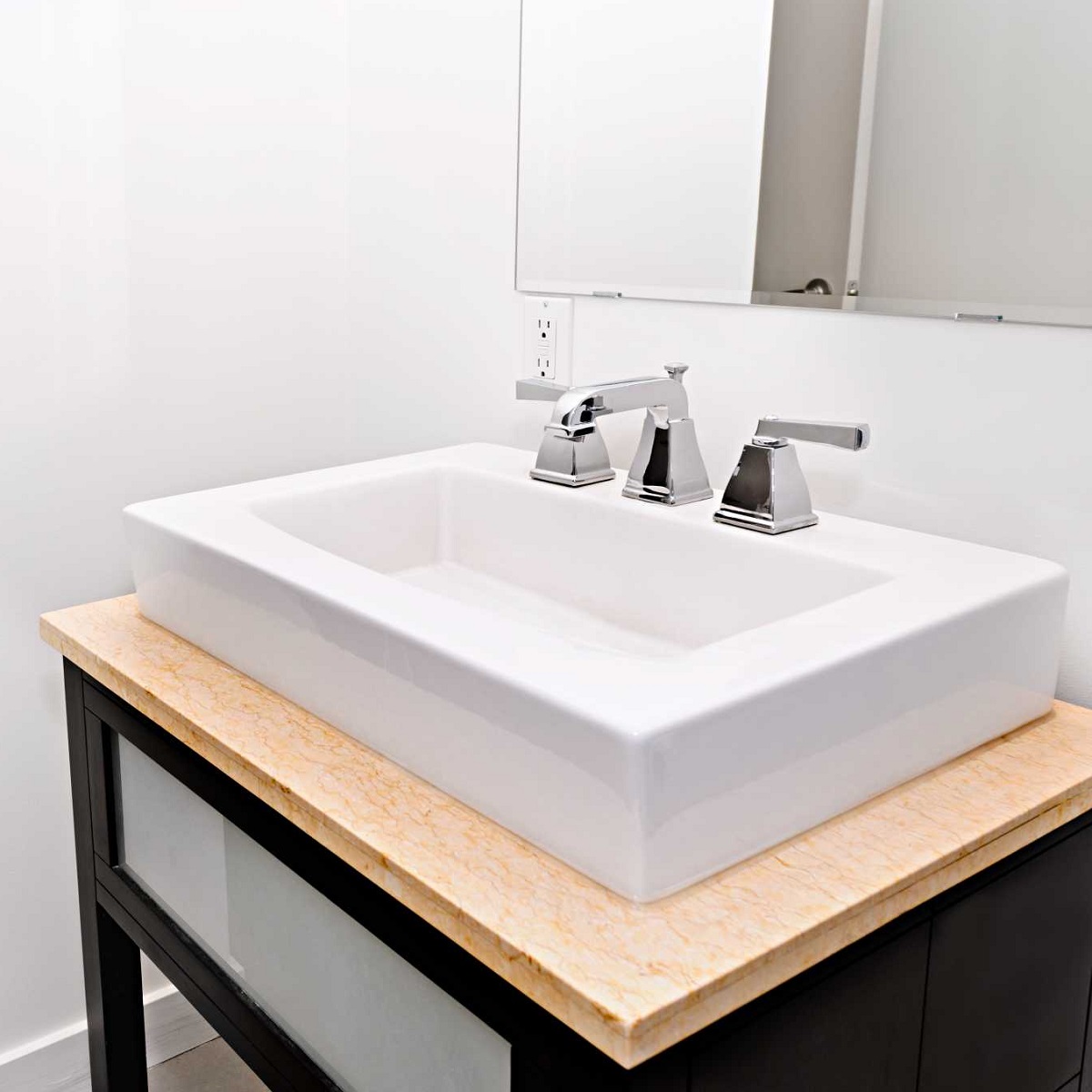

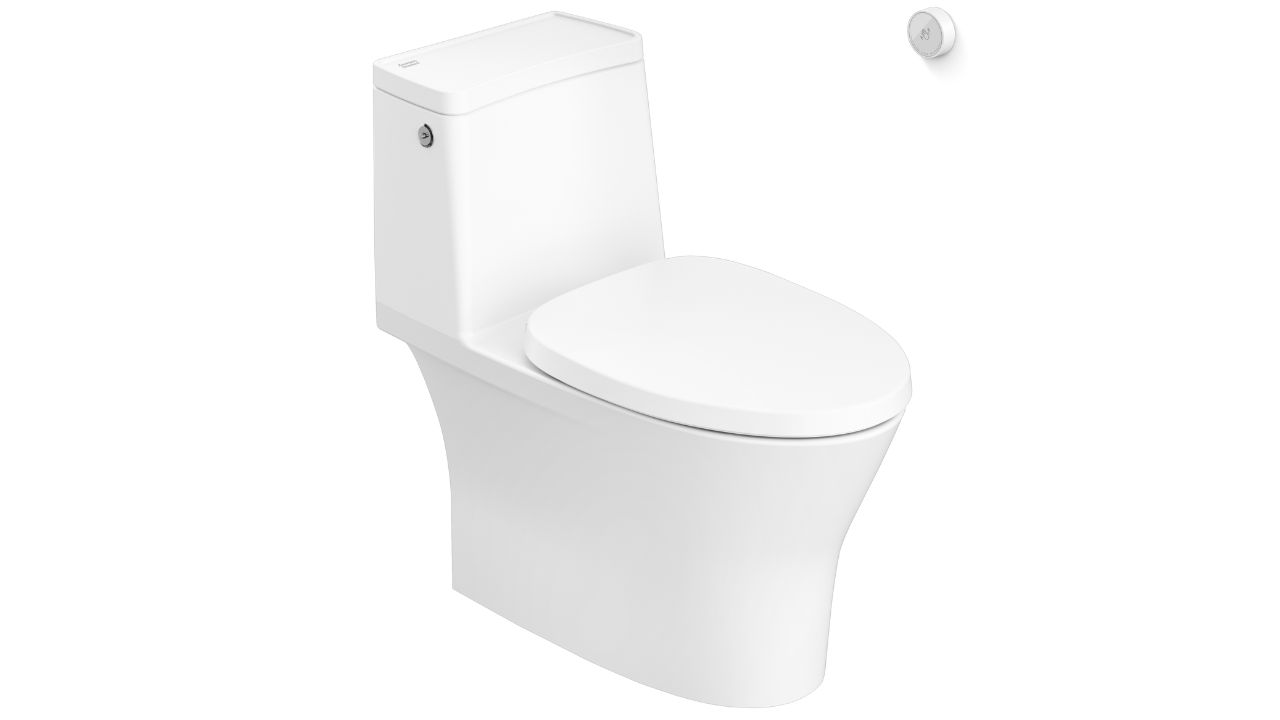
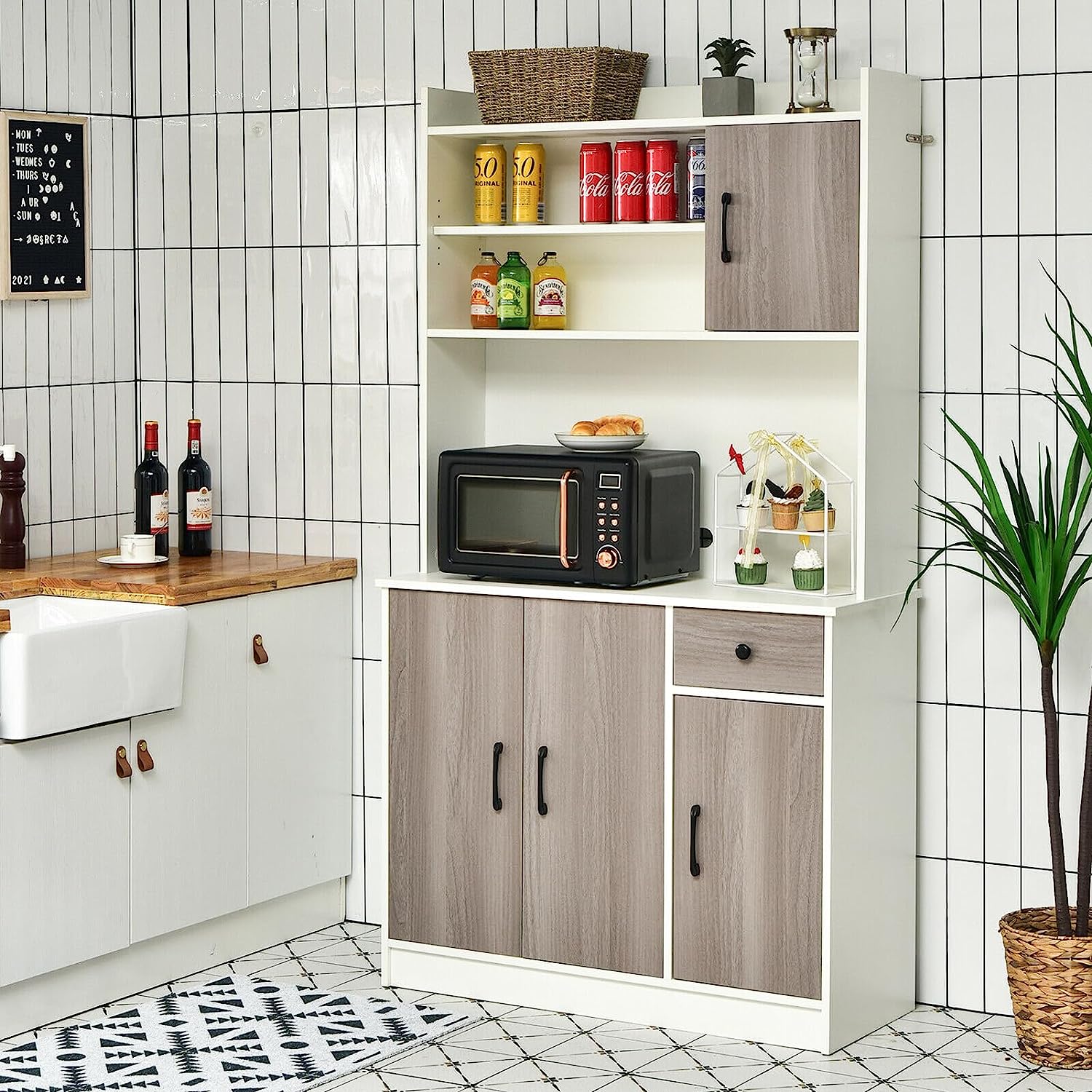
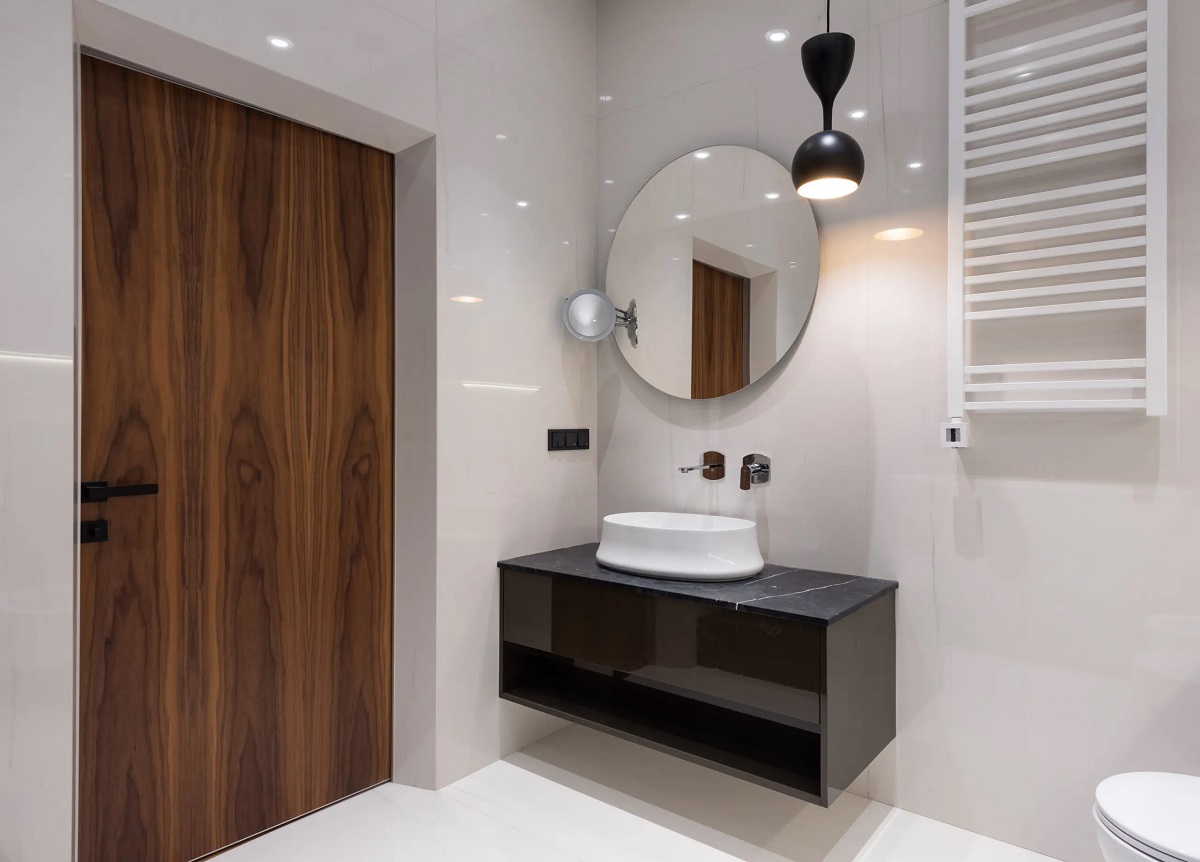

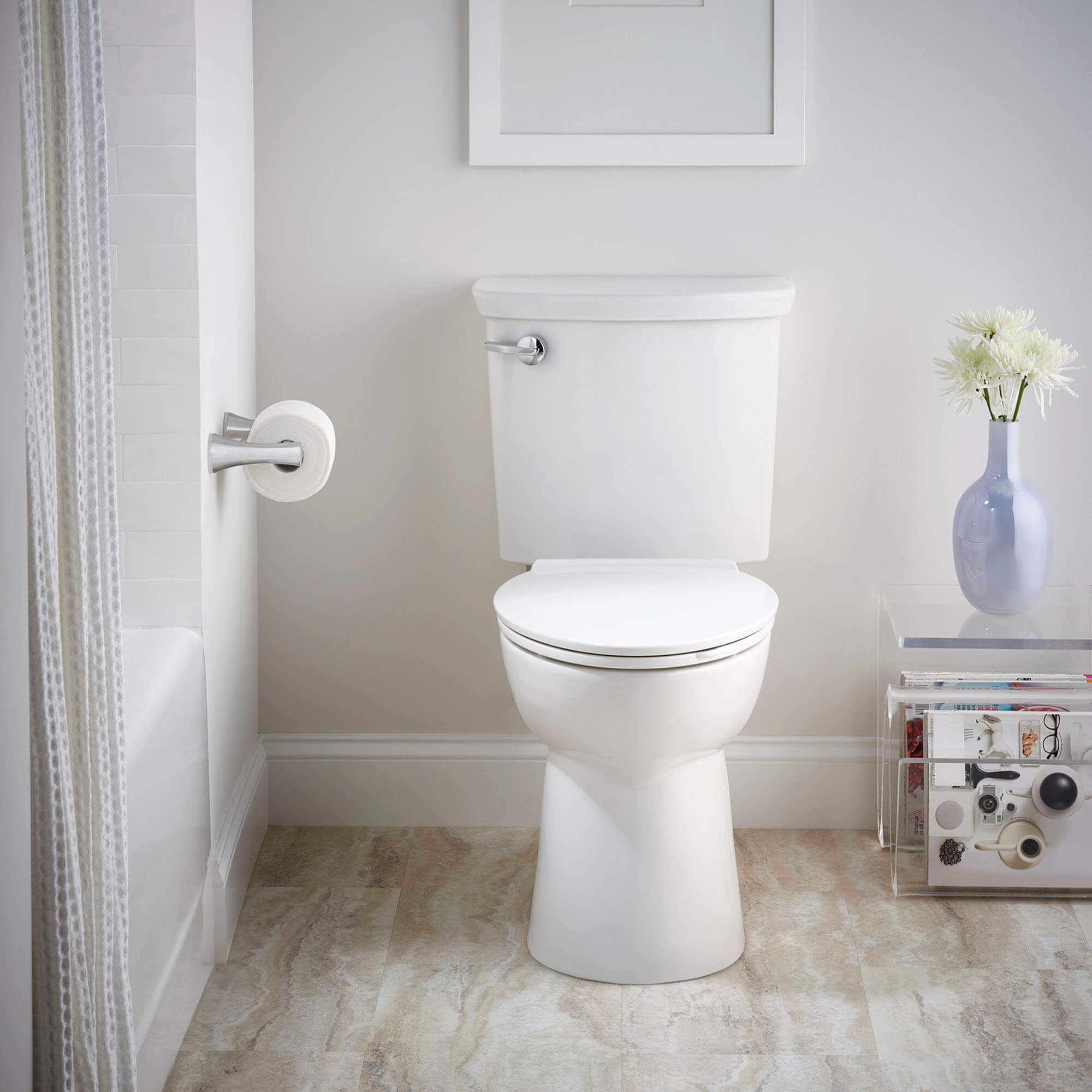
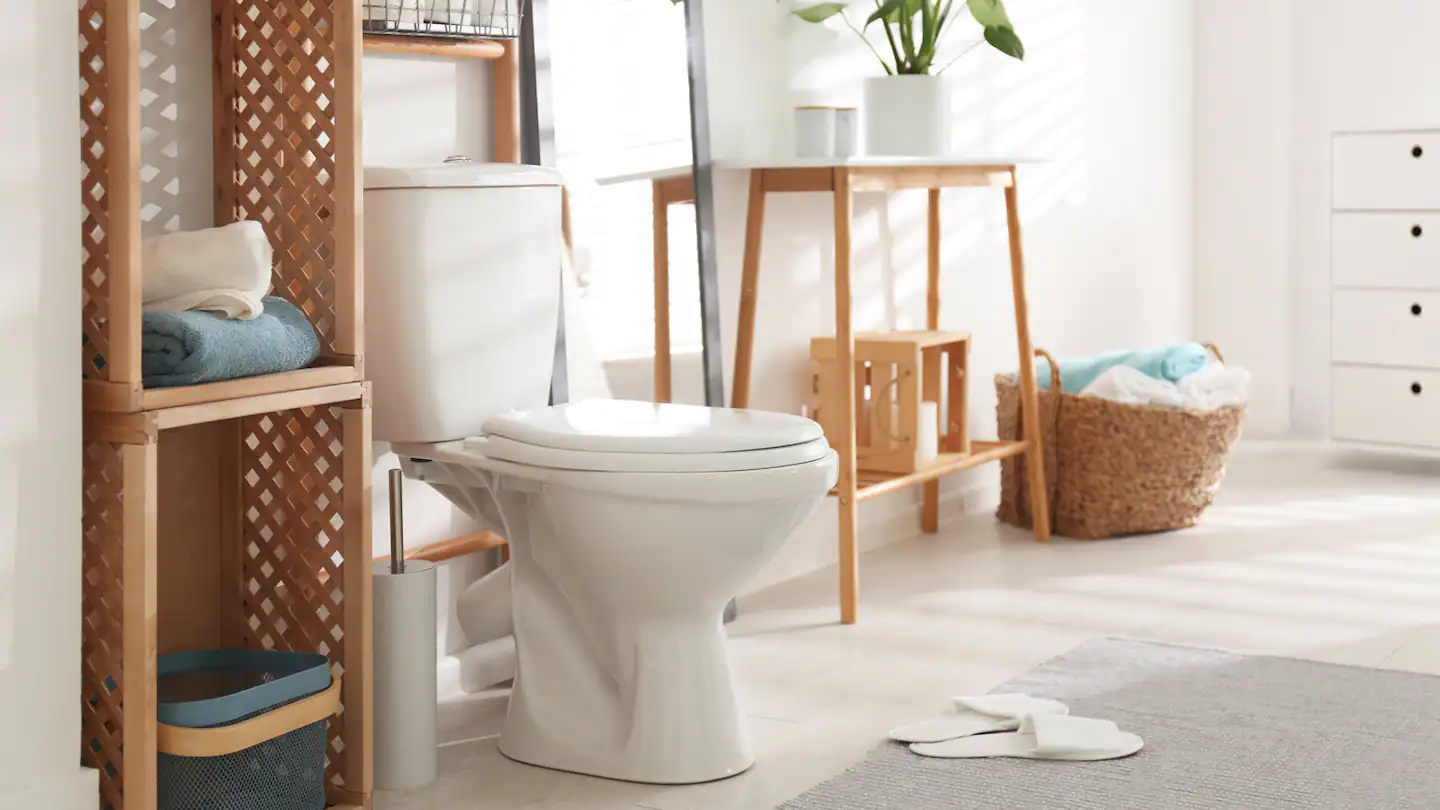
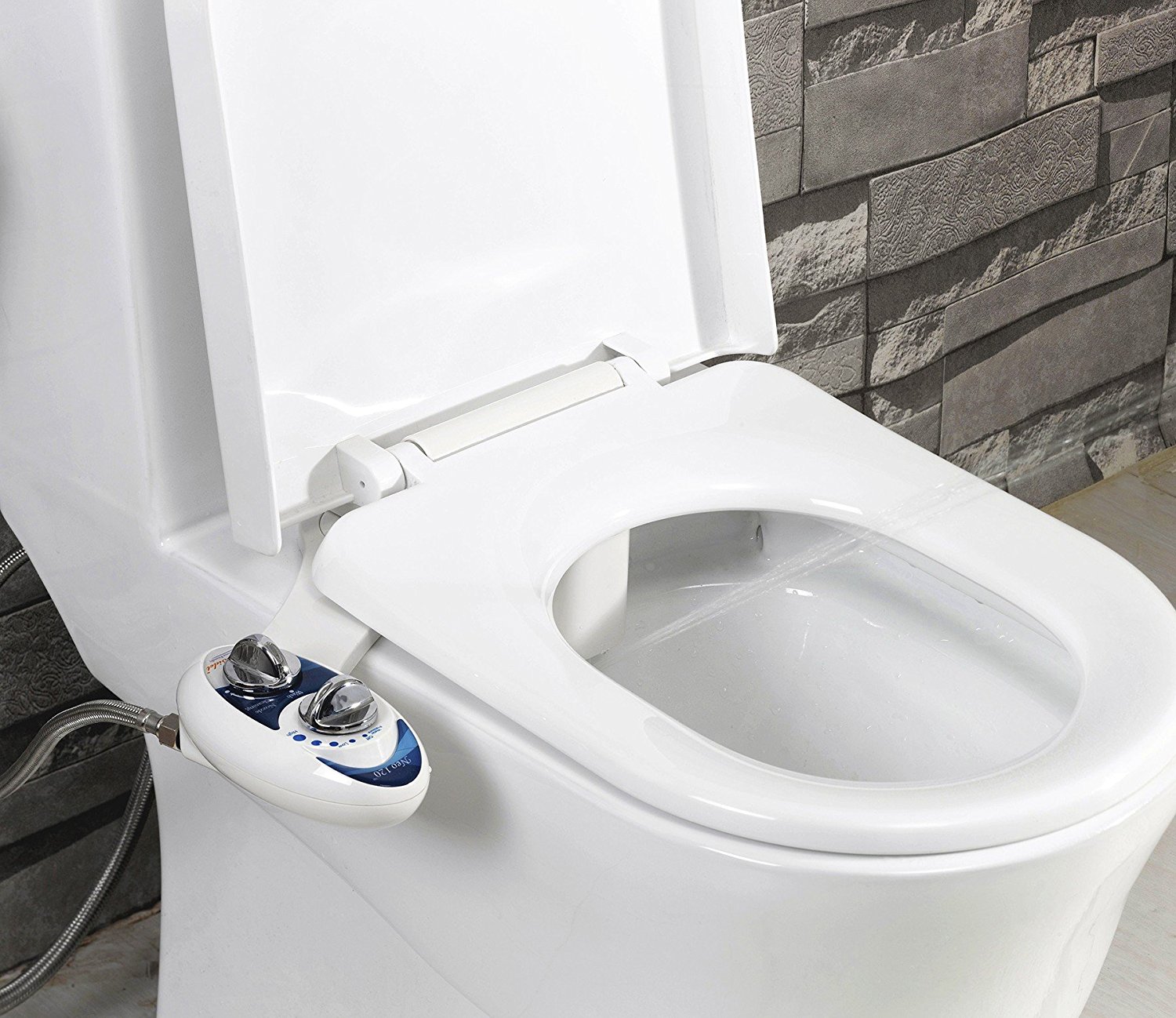

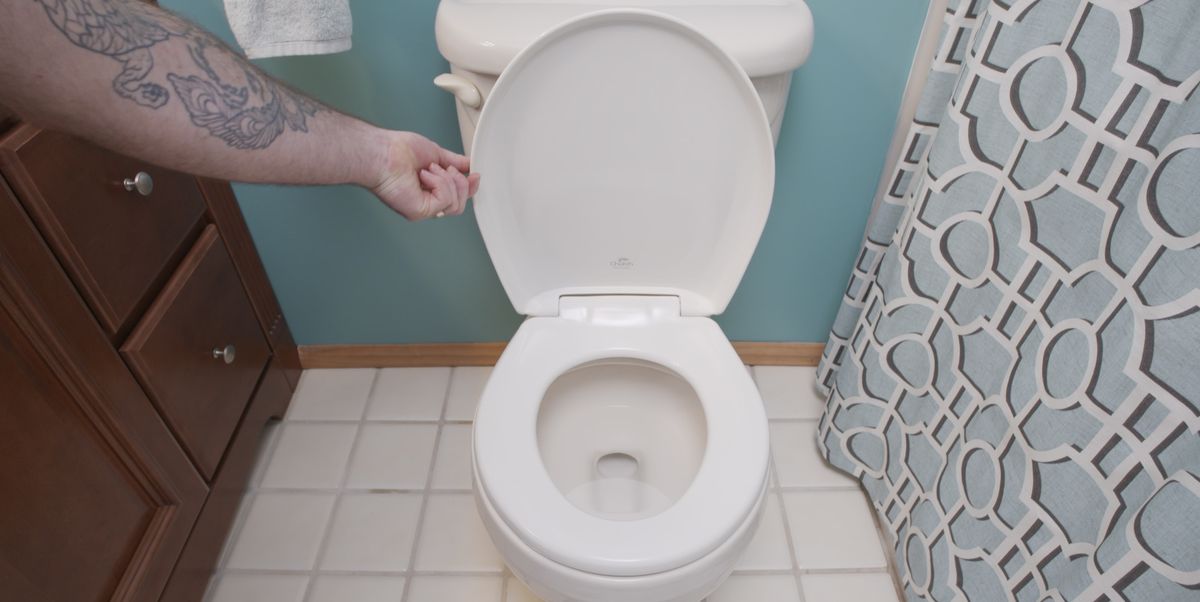


0 thoughts on “What Is The Standard Toilet Seat Height”